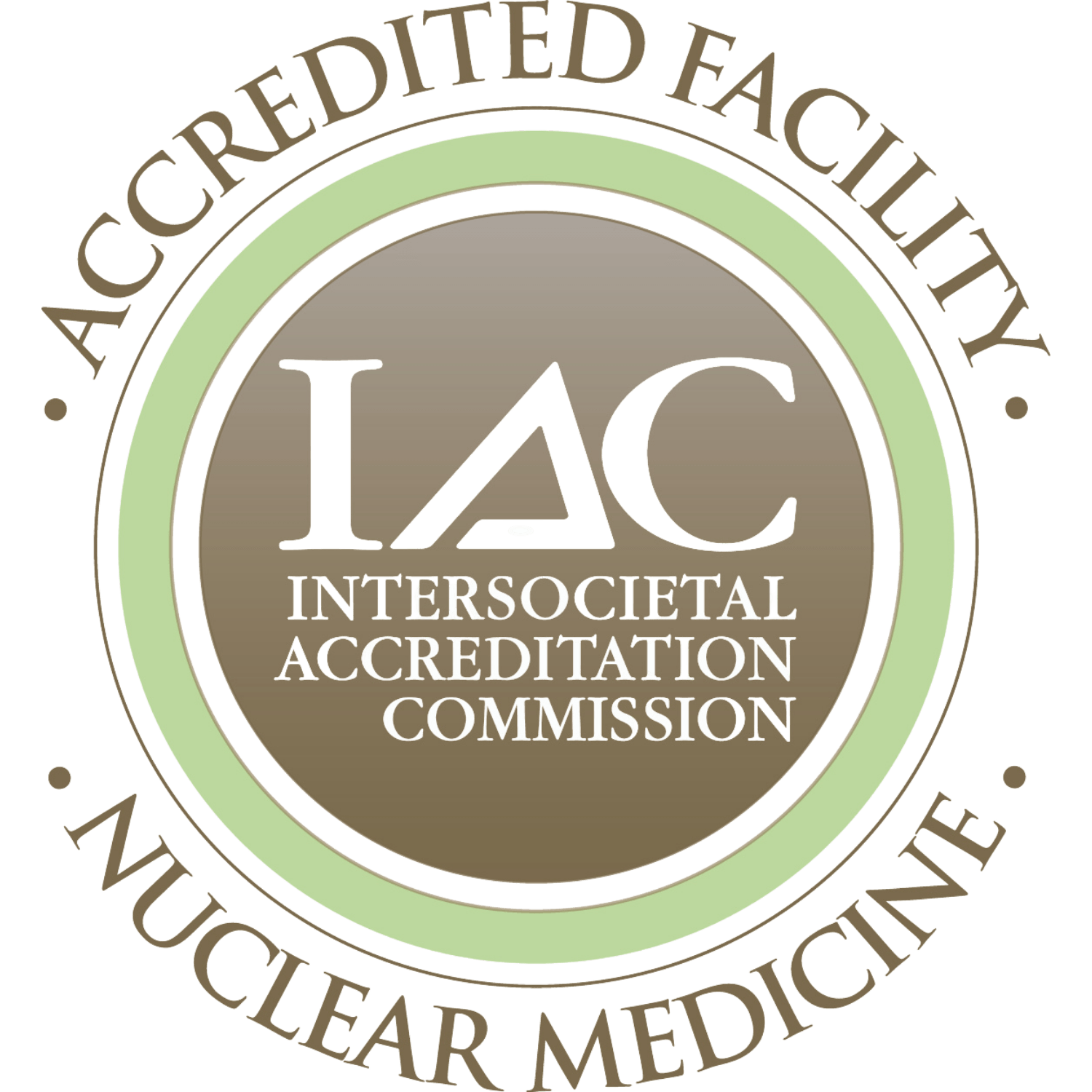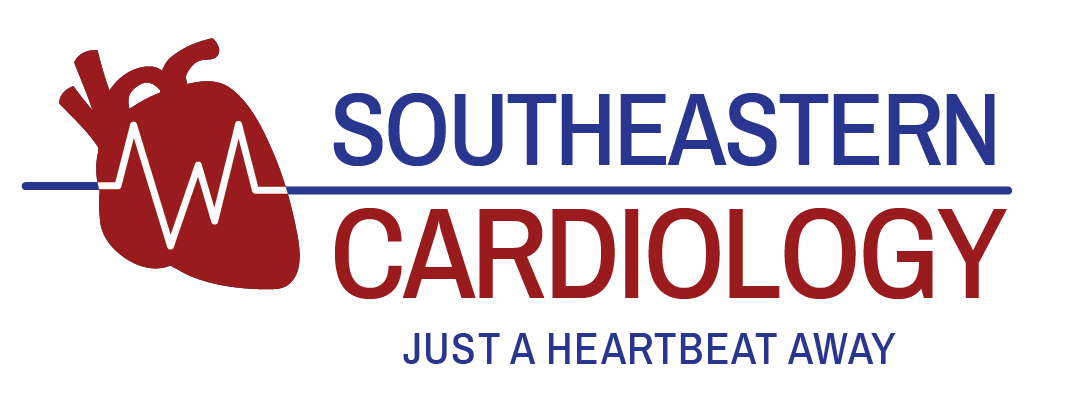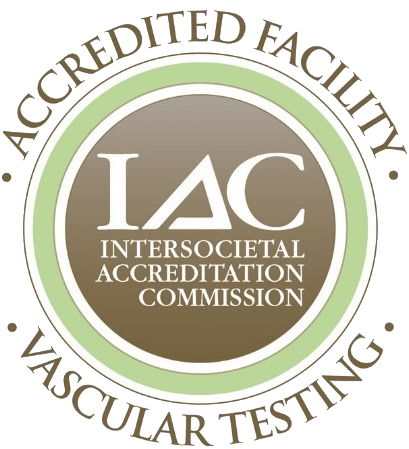Make an appointment with us today! 334-613-0807
Services
Procedures
Cardiac catheterization is a medical procedure used to diagnose and treat some heart conditions.
A long, thin, flexible tube called a catheter is put into a blood vessel in your arm, groin (upper thigh), or neck and threaded to your heart. Through the catheter, your doctor can do diagnostic tests and treatments on your heart.
You're awake during the procedure, and it causes little or no pain. However, you may feel some soreness in the blood vessel where the catheter was inserted.
Coronary Artery Angioplasty is a procedure used to open narrow or blocked coronary (heart) arteries. The procedure restores blood flow to the heart muscle.
During the procedure, a thin, flexible catheter (tube) with a balloon at its tip is threaded through a blood vessel to the affected artery. Once in place, the balloon is inflated to compress the plaque against the artery wall. This restores blood flow through the artery.
Doctors may use the procedure to improve symptoms of CHD, such as angina. The procedure also can reduce heart muscle damage caused by a heart attack.
Coronary Artery Atherectomy is a procedure that removes plaque buildup from an artery. During the procedure, a catheter is used to insert a small cutting device into the blocked artery. The device is used to shave or cut off plaque.
The bits of plaque are removed from the body through the catheter or washed away in the bloodstream (if they're small enough).
Doctors also can do atherectomy using a special laser that dissolves the blockage.
Doctors may use stents to treat Coronary Heart Disease. CHD is a disease in which a waxy substance called plaque builds up inside the coronary arteries. These arteries supply your heart muscle with oxygen-rich blood.
Doctors may use angioplasty and stents to treat CHD. During angioplasty, a thin, flexible tube with a balloon or other device on the end is threaded through a blood vessel to the narrow or blocked coronary artery.
Unless an artery is too small, a stent usually is placed in the treated portion of the artery during angioplasty. The stent supports the artery's inner wall. It also reduces the chance that the artery will become narrow or blocked again. A stent also can support an artery that was torn or injured during angioplasty.
Even with a stent, there's about a 10–20 percent chance that an artery will become narrow or blocked again in the first year after angioplasty.
Peripheral arterial disease (P.A.D.) is a disease in which plaque builds up in the arteries that carry blood to your head, organs, and limbs. Plaque is made up of fat, cholesterol, calcium, fibrous tissue, and other substances in the blood.
When plaque builds up in the body's arteries, the condition is called Atherosclerosis. Over time, plaque can harden and narrow the arteries. This limits the flow of oxygen-rich blood to your organs and other parts of your body.
Fatigue or cramping of your muscles (claudication) in the calf, thigh, hip, or buttock may signal you have PAD. Typically the discomfort is felt after walking a certain distance and goes away with rest.
If you have pain in your toes or feet while resting, you may have an advancing case of PAD. An open wound or ulcer on your toes or feet, often at a pressure point on the foot, can signal a serious case of PAD. An ulcer can progress to gangrene. These symptoms require immediate medical attention and can result in the loss of limbs.
PAD is usually treated by aggressively managing the risk factors with lifestyle changes and medication. This includes quitting smoking, controlling blood pressure and cholesterol, controlling diabetes, and losing weight. In addition, an exercise program, if followed faithfully, can significantly improve the symptoms of PAD in many cases. If PAD is causing serious symptoms, further treatments such as balloon angioplasty, stent placement, or surgical bypass can be very effective in improving the blood flow to the affected leg.
A pacemaker is a small device that's placed in the chest or abdomen to help control abnormal heart rhythms. This device uses electrical pulses to prompt the heart to beat at a normal rate.
Pacemakers are used to treat Arrhythmias. Arrhythmias are problems with the rate or rhythm of the heartbeat. During an arrhythmia, the heart can beat too fast, too slow, or with an irregular rhythm.
A pacemaker can relieve some arrhythmia symptoms, such as fatigue and fainting. A pacemaker also can help a person who has abnormal heart rhythms resume a more active lifestyle.
Pacemakers can be temporary or permanent. Temporary pacemakers are used to treat short-term heart problems, such as a slow heartbeat that's caused by a heart attack, heart surgery, or an overdose of medicine.
Permanent pacemakers are used to control long-term heart rhythm problems.
An implantable cardioverter defibrillator (ICD) is a small device that's placed in the chest or abdomen. Doctors use the device to help treat irregular heartbeats called Arrythmias.
An ICD uses electrical pulses or shocks to help control life-threatening arrhythmias, especially those that can cause sudden cardiac arrest.
An ICD has wires with electrodes on the ends that connect to your heart chambers. The ICD will monitor your heart rhythm. If the device detects an irregular rhythm in your ventricles, it will use low-energy electrical pulses to restore a normal rhythm.
If the low-energy pulses don't restore your normal heart rhythm, the ICD will switch to high-energy pulses for defibrillation. The device also will switch to high-energy pulses if your ventricles start to quiver rather than contract strongly. The high-energy pulses last only a fraction of a second, but they can be painful.
Transesophageal Echocardiography, or TEE, is a test that uses sound waves to create high-quality moving pictures of the heart and its blood vessels.
TEE is a type of echocardiography (echo). Echo shows the size and shape of the heart and how well the heart chambers and valves are working.
Echo can pinpoint areas of heart muscle that aren't contracting well because of poor blood flow or injury from a previous heart attack.
Echo also can detect possible blood clots inside the heart, fluid buildup in the pericardium (the sac around the heart), and problems with the aorta, the main artery that carries oxygen-rich blood from your heart to your body.
During echo, a device called a transducer is used to send sound waves (called ultrasound) to the heart. As the ultrasound waves bounce off the structures of the heart, a computer in the echo machine converts them into pictures on a screen.
TEE involves a flexible tube (probe) with a transducer at its tip. Your doctor will guide the probe down your throat and into your esophagus (the passage leading from your mouth to your stomach). This approach allows your doctor to get more detailed pictures of your heart because the esophagus is directly behind the heart.
TEE can help doctors diagnose heart and blood vessel diseases and conditions in adults and children.




